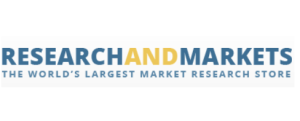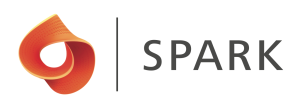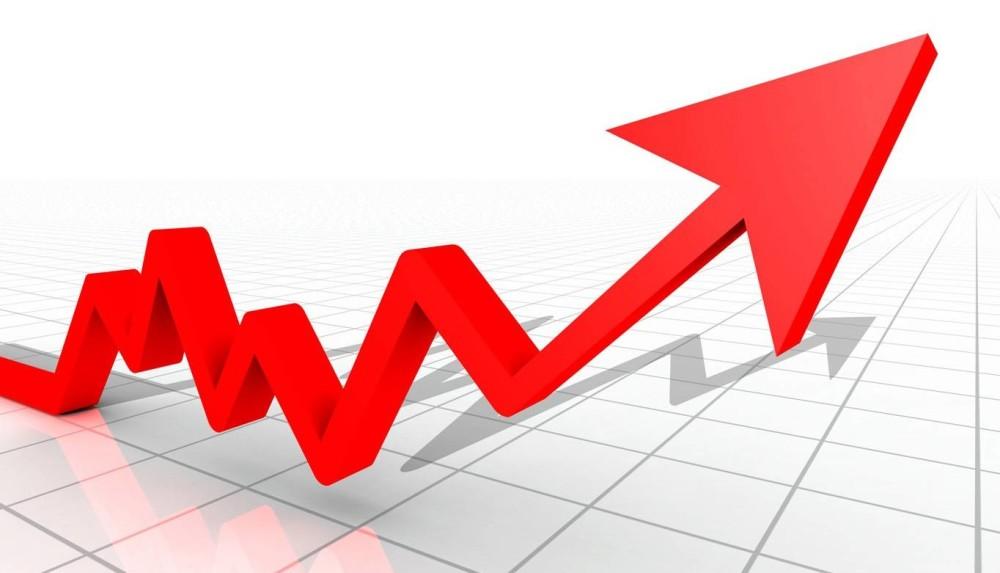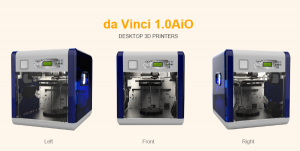 Market researchers have long been predicting the rapid and exponential growth of the 3D printing industry, and so far they have been proven correct. In fact, many of the early industry predictions have been conservative if anything and under-reported the explosive growth of the industry. The 3D printing market has proven itself to be remarkably resilient, even in the face of its two largest companies flailing on the stock market. Back in 2013, when investing in Stratasys and 3D Systems were considered sure things, the outlook for the industry was positive, but it wasn’t until both companies started to pull back from the desktop market that 3D printer sales started to really increase.
Market researchers have long been predicting the rapid and exponential growth of the 3D printing industry, and so far they have been proven correct. In fact, many of the early industry predictions have been conservative if anything and under-reported the explosive growth of the industry. The 3D printing market has proven itself to be remarkably resilient, even in the face of its two largest companies flailing on the stock market. Back in 2013, when investing in Stratasys and 3D Systems were considered sure things, the outlook for the industry was positive, but it wasn’t until both companies started to pull back from the desktop market that 3D printer sales started to really increase.
New, upstart 3D printer manufacturers like XYZprinting and FlashForge easily filled in the gaps left behind by the falling desktop sales of Stratasys, and the total evacuation of the desktop market by 3D Systems. However, beyond desktop 3D printing, the real stars of the industry are the higher priced industrial quality 3D printers that have been finding themselves brought into a rapidly growing list of industries putting them to work creating high-quality, low-volume or one-off 3D printed parts. Markets like the automotive industry and the aerospace industry have quickly added these industrial 3D printers to their workflows, and they have also found plenty of use in various medical and dental applications.
It seems 3D printing is the little industry that could, because it doesn’t look like its growth is going to be slowing down any time soon. A new market research report from Research and Markets is expecting a huge increase in global 3D printer sales over the next six years. The 3D printing market, which consists of 3D printers, 3D printing materials, 3D printing services and 3D printing software, reached $4.98 billion in 2015. That market is expected to balloon to $30.19 billion by 2022, which is an impressive compound annual growth rate of 28.5%.
 The report suggests that the growth within the desktop market is being driven by the rapid drop in the cost of 3D printing technology, as well as technological advancements that have improved the quality and reliability of the technology. The introduction of newer 3D printing processes like multi jet 3D printers that allow multiple material and color options will also help drive new sales. Additionally, open 3D design and workflow software platforms like Autodesk’s Spark and Adobe Photoshop’s new integrated 3D printing features have made the technology easier for beginners to adopt and companies to assimilate into existing business models.
The report suggests that the growth within the desktop market is being driven by the rapid drop in the cost of 3D printing technology, as well as technological advancements that have improved the quality and reliability of the technology. The introduction of newer 3D printing processes like multi jet 3D printers that allow multiple material and color options will also help drive new sales. Additionally, open 3D design and workflow software platforms like Autodesk’s Spark and Adobe Photoshop’s new integrated 3D printing features have made the technology easier for beginners to adopt and companies to assimilate into existing business models.
Industrial growth is being driven by a growing desire for customized products, the benefits of using 3D printing for industrial uses and prototyping, and government investments and grants for 3D printing applications and programs. The aerospace & defense, healthcare, industrial, and consumer product manufacturers are the primary industries that accounted for the major share of the 3D printing market in 2015. While they are expected to continue to dominate the market for the foreseeable future, educational uses, 3D printed electronics, energy, and the jewelry market are expected to show signs of significant expansion during the report’s 2016-2022 forecast period.
While major industrial manufacturing, aerospace & defense, and healthcare companies located in the US all contributed to North America dominating the 3D printing market in 2015, the US may not stay on top for long. The report is predicting that the Asia-Pacific (APAC) region, primarily China and Japan, will grow at a faster rate than North America between 2016 and 2022. Government initiatives, increased R&D funding, and extensive industrial infrastructures are the major factors that will be contributing to the growth of the APAC 3D printing market.
As the largest industry market research company, the fact that Research and Markets is now compiling data for 3D printing is itself a signal that 3D printing is becoming a major world player. Their title of their 3D printing research and forecast report is quite a mouthful, but it shows exactly how dense and segmented their data set is presented. They wouldn’t call it the “3D Printing Market by Printer Type, Material Type (Metals, Plastics, Ceramics & Others), Material Form (Powder, Liquid, Filament), Process, Technology, Software, Service, Application, Vertical and Geography – Global Forecast to 2022” report if it wasn’t worth dividing the industry up so thoroughly. What do you think of this information? Discuss in the Future 3D Printer Sales Globally forum over at 3DPB.com.
Subscribe to Our Email Newsletter
Stay up-to-date on all the latest news from the 3D printing industry and receive information and offers from third party vendors.
Print Services
Upload your 3D Models and get them printed quickly and efficiently.
You May Also Like
The Market and Industry Potential of Multi-Material 3D and 4D Printing in Additive Electronics
Additive manufacturing leverages computer-based software to create components for products by depositing either dielectric or conductive materials, layer by layer, into different geometric shapes. Since its birth in the 1980s,...
3DPOD 262: Bio-inspired Design for AM with Dhruv Bhate, Arizona State University
Dhruv Bhate is an associate professor at Arizona State University. There, he looks at structures, materials, and design. Previously, he worked at PADT as well as in the semiconductor and...
3DPOD 261: Tooling and Cooling for AM with Jason Murphy, NXC MFG
Jason Murphy´s NXC MFG (Next Chapter Manufacturing) is not a generalist service; instead, the company specializes in making tooling. Using LPBF and binder jet, the company produces some of the...
3DPOD 260: John Hart on VulcanForms, MIT, Desktop Metal and More
John Hart is a Professor at MIT; he´s also the director of the Laboratory for Manufacturing and Productivity as well as the director of the Center for Advanced Production Technologies....

































